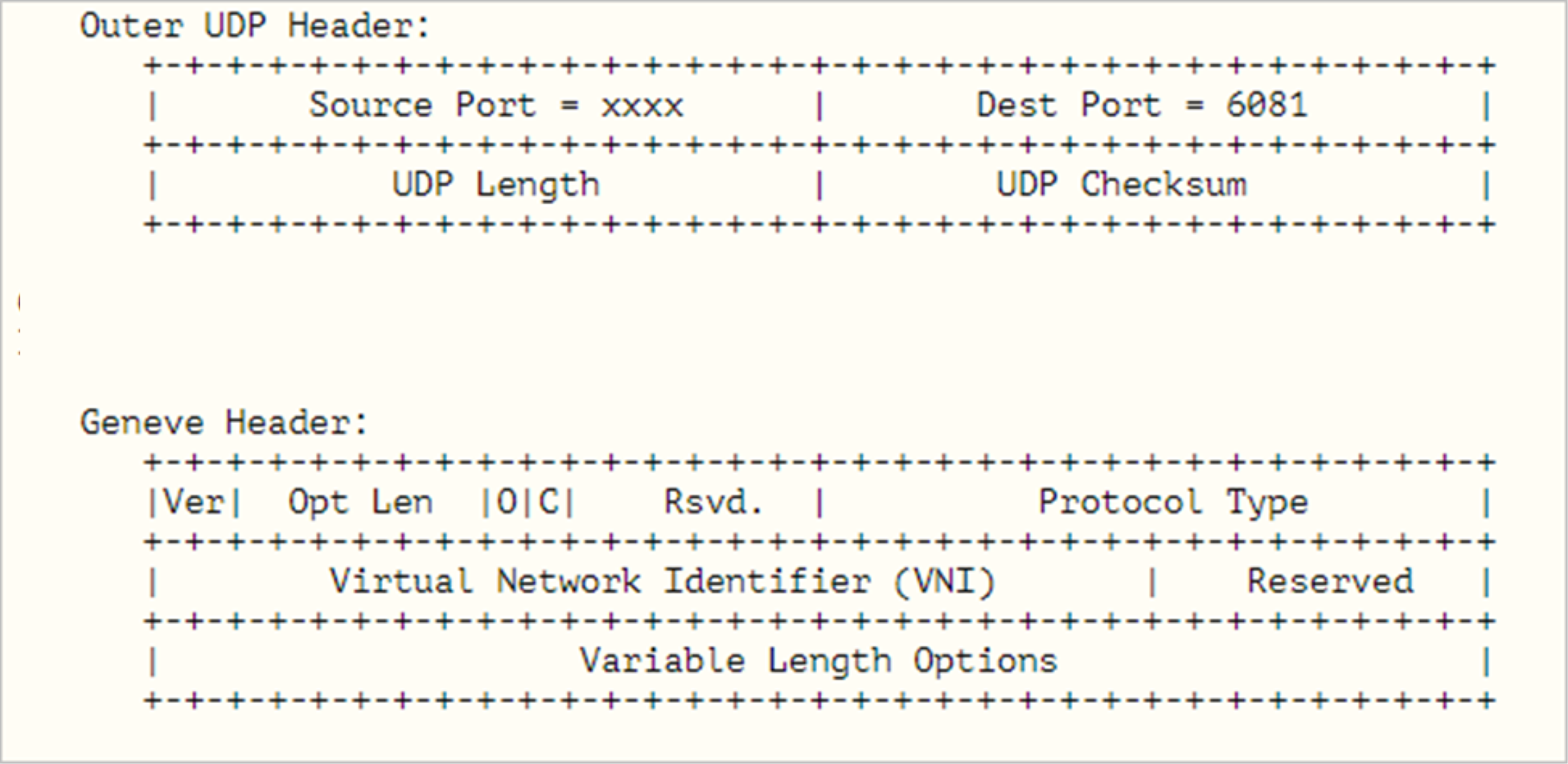

Number 6 is less than mid item 60, change ep 10 to 4. Number 110 is greater than mid item 100, change sp 9 to 10. Number 110 is greater than mid item 90, change sp 6 to 9. Number 110 is greater than mid item 60, change sp 0 to 6. Number 10 is less than mid item 30, change ep 4 to 1.

Number 10 is less than mid item 60, change ep 10 to 4. Testing out the function: # A sorted list Print(f"Start: lst[.\n")īinary_search_recursion(n, lst, new_sp, ep)

# End position equals total length minus 1 since 0 indexed # first time searching, start position will be 0 # lst = the sorted list we are searching inĭef binary_search_recursion(n: int, lst: list, sp: int = 0, ep: int = None) -> bool: The print statements are helpful to see how it all works.
Latest data domain os version 5.4.3.2 code#
We should check our code with good unittest to find loop holes in our code. Return binary_search_recursive(list_of_numbers, number, mid + 1, end) So we call the function again changing the start value to 'mid + 1' Here we are entering the recursive mode. Mid = (start + end) // 2 # This is the mid value of our binary search. # This will happen if the list is empty of the number is not found in the list. First we set the end to the length of the sequence. # The end of our search is initialized to None. def binary_search_recursive(list_of_numbers, number, start=0, end=None): You can implement binary search in python in the following way. With your input, it will return 4 for anything less than the value at the midpoint of the list (5), and True for anything else. So, for any non-empty list, it's either going to return True, or a number. (This version also ignores the start and end arguments, but that's not as much of a problem in this case, because, again, you're not doing any recursion.)Īnyway, the only return False in the function is in that first if len(list) = 0. There's nothing wrong with writing an iterative algorithm instead of a recursive algorithm (unless you're doing a homework problem and recursion is the whole point), but your function isn't iterative either-there are no loops anywhere. bSearch never calls bSearch, and that's the whole definition of recursion. The problem you asked about cannot possibly ever occur. But list is going to raise an Inde圎rror, because there aren't 11 elements in the list.Īnd once you fix that off-by-one error, there are no problems left. And that last one will check list > element. When you give it the number 10, binarySearch(l, 10, 0, 10) will call binarySearch(l, 10, 6, 10), which will callbinarySearch( l, 10, 8, 10), then binarySearch(l, 10, 9, 10), thenbinarySearch( l, 10, 10, 10). If you fix that (by removing those two lines), you've got another problem. But that call ignores that 4 and acts as if you'd passed 10, so it recursively calls binarySearch(l, 5, 0, 4). Think about it: the first call to binarySearch(l, 5, 0, 10) recursively calls binarySearch(l, 5, 0, 4). So, you will infinitely recurse (until you eventually get a RecursionError for hitting the stack limit). If you fix that (by using list), your next problem is that you ignore the min and max arguments you receive, and instead set them to 0 and len(list)-1 each time. Your first one won't even get started, because list(mid) will immediately raise a TypeError: 'list' object is not callable.


 0 kommentar(er)
0 kommentar(er)
